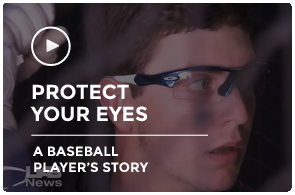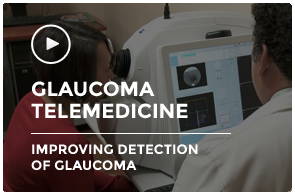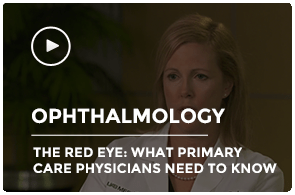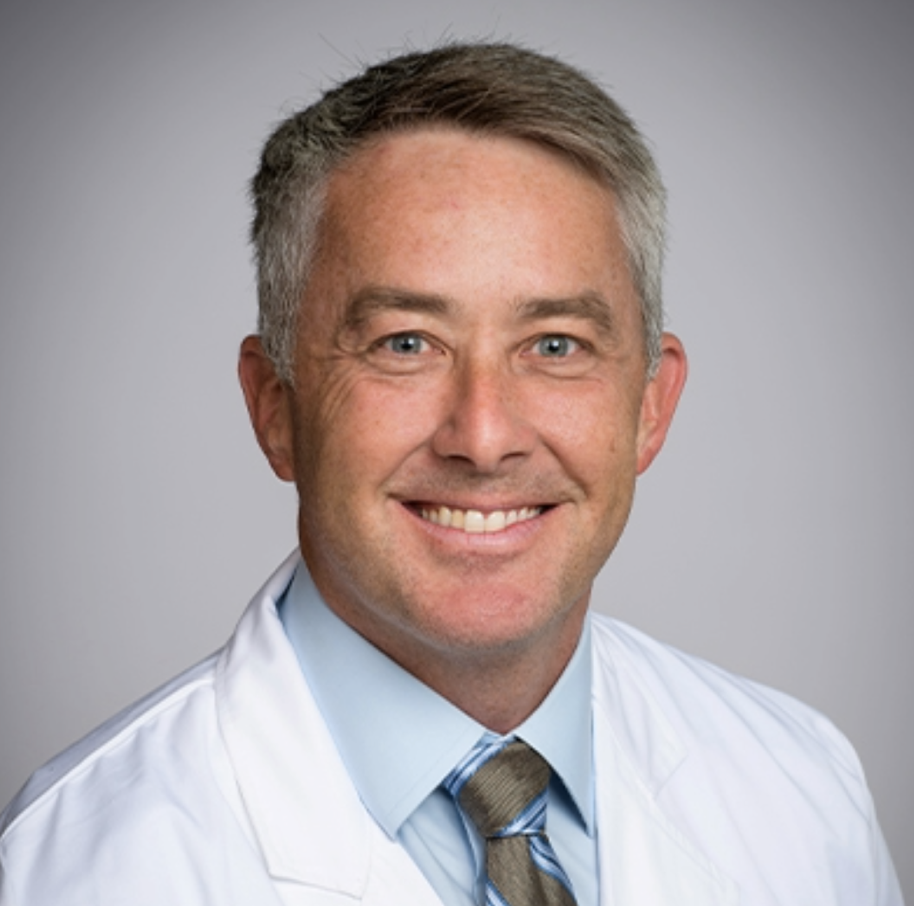Macular peeling is a surgical technique used by eye doctors during an operation to correct a hole or pucker in the macula, or other reasons. The macula is a tissue at the center of the retina, the layer of eye tissue which carries visual signals to the brain via the optic nerve. Disease and aging can cause thickening and scar tissue of the membranes around the retina, called epiretinal membranes. Macular peeling takes place after a vitrectomy, in which the gel-like material that fills the back part of the eye is removed to provide better surgical views. With the use of tiny forceps, picks, and/or jets of fluid, the surgeon removes layers of unhealthy epiretinal tissue from the retina. A separate tissue, the internal limiting membrane (ILM), located on the internal retina, may be removed in combination with epiretinal membrane peeling, in part to prevent recurrence. The combination of the two is believed to result in improved outcomes in many cases. Special dyes may be used to isolate the membranes for peeling. Following the procedure, the eye is refilled with gas or silicone to hold the retina in place.
UAB Ophthalmology has more than 25 physicians, many of them named among the top doctors in their fields nationally. They are renowned for their advances in eye care, breaking through old ways of treating blinding eye diseases and revolutionizing many areas of ophthalmology.
Ophthalmology care at UAB is located in UAB Callahan Eye Hospital, one of the busiest eye hospitals in the country, where specialists work together to treat complex cases. The UAB Callahan Eye Hospital surgical suite houses nine operating rooms dedicated to eye surgery as well as a 24/7 Eye emergency room, which is the region’s only Level I Ocular Trauma Center. More than 11,000 surgeries are performed at UAB Callahan Eye Hospital each year, and we conduct more reconstructive eye surgeries than any other facility in the world. Patients come from around the nation to be treated for eye conditions at UAB.
The UAB Center for Low Vision Rehabilitation works with patients to maximize vision and provides services such as orientation and mobility, occupational therapy, and support groups for patients dealing with vision loss or impairment.
Through ongoing research and clinical trials, UAB continues to make great strides in the field of ophthalmology. In addition to our physicians, we have a team of vision scientists who are fully dedicated to researching causes, preventions, and cures for eye diseases such as diabetic retinopathy, glaucoma, and macular degeneration. Many UAB ophthalmologists have received funding from prestigious research organizations and institutions and collaborate in clinical care to deliver the latest in scientific discovery to our patients.
Videos



Clinical Trials
Speak to your physician about your options and browse the link below for more information
Latest News
View All News-
Blazer Bridge Fund continues encouraging innovative discoveries; announces 2024 winners
September 20, 2024
-
Keep the fireworks fun in the sky and out of your eyes
June 28, 2024
-
Too much screen time is a risk to children’s eyes. Here is how to protect their eye health.
May 20, 2024
-
ALG6 acts as a modifier gene in the inherited genetic eye disease retinitis pigmentosa 59
March 20, 2024
-
Infant born with rare eye condition gets best chance at normal vision development at UAB
February 7, 2024



